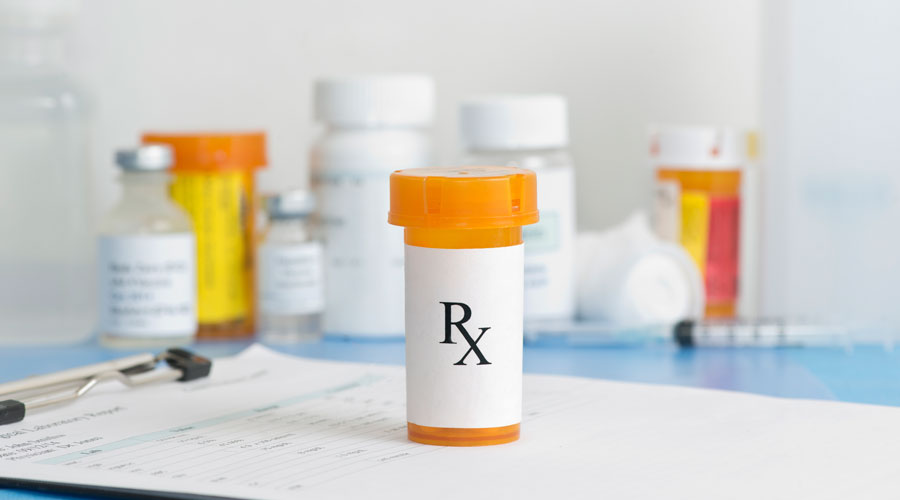Making sure patients are properly cared for is always a top priority for independent community pharmacies. And, part of caring for patients is ensuring they feel safe.
The American Pharmacists Association (APhA) recently released a report focusing on the pharmacist’s role in improving patient safety. The report reminds pharmacists to remain aware of their patients’ safety and informs them of what they can do to ensure they’re providing the necessary care to achieve treatment goals. The report also serves as a guide to help pharmacists avoid any adverse effects that can result if they don’t take proper measures to guarantee patient safety.
Here are eight actions pharmacists can take to improve their patients’ safety, adapted from the APhA’s Pharmacists’ Impact on Patient Safety report.
1. Ensure patients have medication access
One of the biggest issues patients face is being unable to afford their medications. As a pharmacist, using your knowledge and resources to help patients address these costs is key. Helping patients enroll in a patient assistance program or working with their insurance company to resolve the issue can ensure they get the medicine they need. Going out of your way to help patients also reflects positively on you—and your pharmacy.
2. Supply correct medication information
As a medication expert, it’s the pharmacist’s job to provide important information to patients, caregivers and other members of the health care team. Keeping everyone in the loop ensures medications are taken safely and effectively, so patients can benefit from their treatment.
3. Evaluate medication appropriateness
The importance of prescribing the safest and most effective medication for a patient can’t be stressed enough. And, pharmacists need to achieve the “five rights” when evaluating each medication: The right dose of the right drug must be administered to the right patient at the right time by the right route.
4. Improve patients’ medication adherence
Patients need to understand that taking their medications exactly as prescribed is key to the success of their treatment. Pharmacists are the most qualified member of the health care team in this regard, as they’re the only ones aware of a patient’s complete medication regimen.
It’s the pharmacist’s job to work with patients and find ways to get them to take their medications appropriately. One way you could do this at your pharmacy is by implementing a medication synchronization program, to help remind patients to take their medications.
5. Provide health and wellness services
Improving patients’ overall health includes providing additional clinical services, such as health screenings, immunization administration, smoking cessation programs and disease state education. Providing these services can reduce costs to the patient and the health care system, while also improving your patients’ quality of life.
6. Perform medication management services
Pharmacists are expected to help patients manage their medications and to solve any problems that may arise. By reviewing the full list of prescribed medications and ensuring they work together properly, pharmacists can avoid certain health complications. In addition, they can adjust a patient’s medication plan if necessary to make it more effective.
7. Assess patients’ health status
Pharmacists must perform health status assessments for their patients in order to determine the effectiveness of medications, and to provide further treatment guidance. This is the basis for deciding whether to recommend any medication adjustments or to suggest lifestyle changes to ensure patients safely continue their treatment plan.
8. Coordinate care transitions between settings
As you know, it’s not uncommon for patients to be transferred from one setting to another, and to receive care from different members of the health care team. These transitions can lead to medication-related errors, and can put the safety of the patient at risk. Because pharmacists are the ones with complete access to a patient’s list of medications, it’s vital that they oversee all care transitions, to guarantee that they run smoothly.
For more insights on providing patient care services in your pharmacy, check out the top patient care services in pharmacy today.












